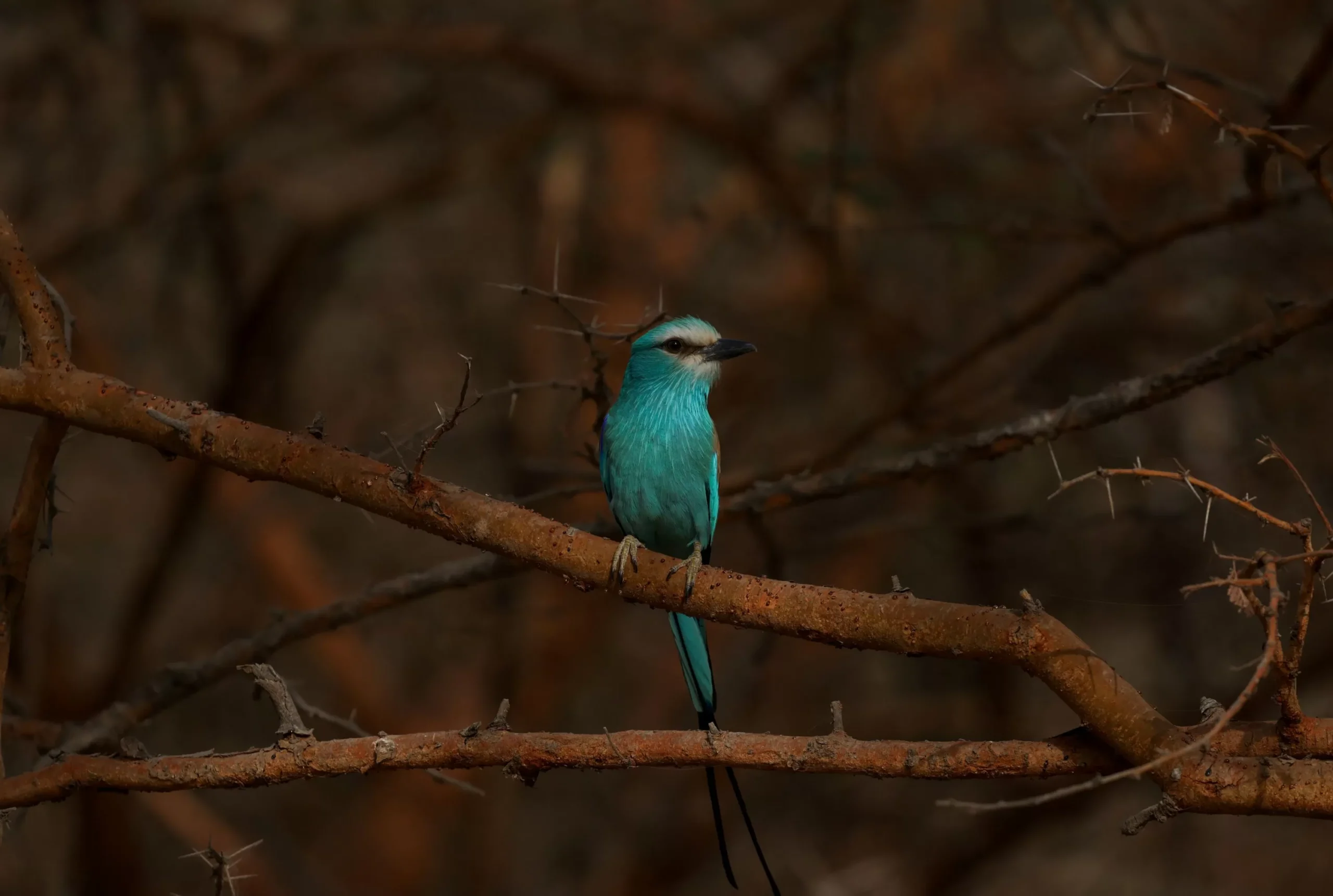Natural Predators: The Key to Sustainable Agriculture
In the world of agriculture, pests are a constant threat to crop production. Farmers have long relied on pesticides to control these pests and protect their crops. However, the use of pesticides has its own set of problems, including harmful effects on the environment and human health. But what if there was a natural and effective alternative to pesticides? Recent research suggests that natural predators like birds, beetles, and bugs could be the answer to keeping pest populations in check while also boosting crop yields.
Pesticides have been the go-to solution for pest control for decades. They are designed to kill or repel pests, but they also harm beneficial insects and pollinators, leading to a disruption in the ecosystem. Moreover, pests can develop resistance to pesticides, making them less effective over time. This has led to a vicious cycle of using stronger and more toxic pesticides, which not only harm the environment but also pose a risk to human health.
However, a team of researchers from the University of California, Berkeley, has found that natural predators can be just as effective, if not more, in controlling pests. In their study, they found that natural predators can reduce pest populations by up to 80%, while also increasing crop yields by 10-20%. This is a win-win situation for both farmers and the environment.
Birds, such as sparrows, finches, and swallows, are known to feed on insects, including pests like caterpillars, aphids, and grasshoppers. These birds are natural predators and play a crucial role in keeping pest populations in check. In fact, a single bird can consume hundreds of insects in a day. By encouraging the presence of birds in their fields, farmers can reduce the need for pesticides and protect their crops from pests.
Beetles and bugs are also important natural predators that can help control pest populations. Ladybugs, for example, are known to feed on aphids, which are a major pest for many crops. Similarly, ground beetles and lacewings are also effective in controlling pests like caterpillars and mites. These insects are not only natural predators but also pollinators, making them essential for a healthy and diverse ecosystem.
One of the major advantages of using natural predators is that they are self-sustaining. Unlike pesticides, which need to be reapplied regularly, natural predators can reproduce and maintain their population without any human intervention. This makes them a cost-effective and sustainable solution for pest control.
Moreover, natural predators do not harm the environment or pose a risk to human health. They are a part of the natural ecosystem and have evolved to coexist with pests. By using natural predators, farmers can reduce their carbon footprint and contribute to a healthier environment.
The use of natural predators for pest control is not a new concept. In fact, many farmers have been using this method for years, with great success. However, with the increasing demand for food production, the use of pesticides became more prevalent. But now, with the negative effects of pesticides becoming more apparent, it is time to shift our focus back to natural solutions.
Encouraging the presence of natural predators in agricultural fields can be done in various ways. Planting hedgerows and cover crops can provide shelter and food for birds and insects. Creating diverse habitats and reducing the use of pesticides can also help attract natural predators to the fields. Additionally, farmers can also introduce beneficial insects, such as ladybugs, to their fields to control specific pests.
In conclusion, natural predators are a viable and effective alternative to pesticides. They not only help control pest populations but also contribute to a healthier and more sustainable environment. By embracing natural solutions, we can protect our crops, our health, and our planet. It is time to shift towards a more holistic approach to agriculture, one that works with nature rather than against it. Let us all join hands in promoting the use of natural predators and pave the way for a greener and more sustainable future.







